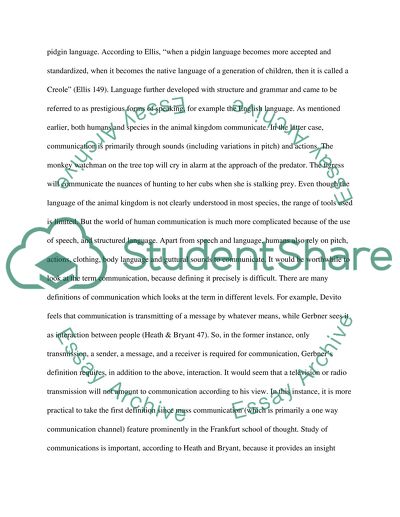Cite this document
(From Language to Communication Term Paper Example | Topics and Well Written Essays - 3452 words, n.d.)
From Language to Communication Term Paper Example | Topics and Well Written Essays - 3452 words. Retrieved from https://studentshare.org/education/1556081-author-decide
From Language to Communication Term Paper Example | Topics and Well Written Essays - 3452 words. Retrieved from https://studentshare.org/education/1556081-author-decide
(From Language to Communication Term Paper Example | Topics and Well Written Essays - 3452 Words)
From Language to Communication Term Paper Example | Topics and Well Written Essays - 3452 Words. https://studentshare.org/education/1556081-author-decide.
From Language to Communication Term Paper Example | Topics and Well Written Essays - 3452 Words. https://studentshare.org/education/1556081-author-decide.
“From Language to Communication Term Paper Example | Topics and Well Written Essays - 3452 Words”, n.d. https://studentshare.org/education/1556081-author-decide.


